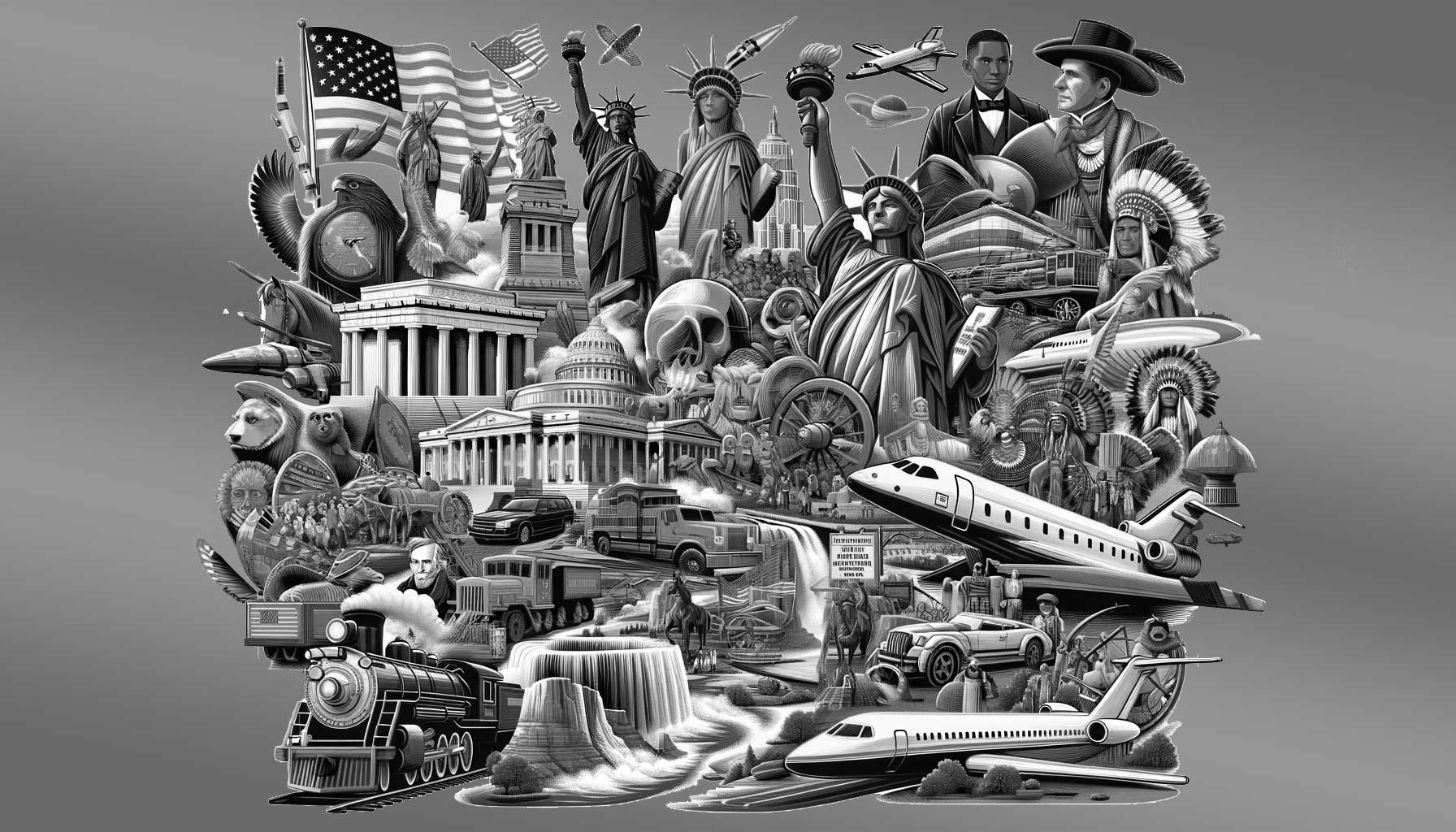Flashback to July 12
American History

On January 30, 1847, a historic event took place in Yerba Buena, California – the renaming of the city to San Francisco. This significant moment marked the start of a new era for the city that would go on to become one of the most thriving and culturally diverse metropolises in the United States. Let’s delve into the details of this event and its impact on the history and development of San Francisco.
The original name of the city, Yerba Buena, was given to it when it was established as a Mexican pueblo in 1835. Yerba Buena, which translates to “good herb” in Spanish, referred to the native plant with medicinal properties that grew in the area. However, as the city grew in importance and became a center of trade and commerce during the California Gold Rush, a name change became necessary to reflect its evolving significance.
On January 30, 1847, a public meeting was held at the town’s primary hotel, called the California Exchange, to discuss the renaming of Yerba Buena. At the meeting, a vote was held, and the majority of the attendees agreed to change the name to San Francisco in honor of the nearby bay, previously named by Spanish explorers after Saint Francis of Assisi.
The decision to rename the city was indeed a turning point in its history. San Francisco, as the new name suggested, became synonymous with progress, opportunity, and adventure. As the news of the renaming spread, the city saw an influx of settlers, entrepreneurs, and prospectors, all seeking their fortunes in the rapidly expanding city.
The change in name also played a crucial role in the city’s development and urban planning. With a new identity and increased population, San Francisco started witnessing significant infrastructure projects. Streets were laid out in a grid pattern, buildings were constructed, and a comprehensive transportation system was established, all of which contributed to the city’s growth and modernization.
San Francisco’s transformation wasn’t limited to its physical aspects; the name change represented a broader cultural shift as well. The new name resonated with diverse communities and immigrants, who saw the city as a symbol of hope, freedom, and acceptance. Over the years, San Francisco became a haven for various ethnic groups, resulting in the establishment of vibrant neighborhoods such as Chinatown, Little Italy, and the Castro.
The impact of the renaming extended beyond immediate changes. To this day, San Francisco remains a hub for innovation and entrepreneurship, attracting individuals from all over the world. With its thriving technology industry, iconic landmarks like the Golden Gate Bridge and Alcatraz Island, and renowned cultural institutions such as the San Francisco Museum of Modern Art, the city continues to lure millions of visitors each year.
the renaming of Yerba Buena to San Francisco on January 30, 1847, was a momentous event that set the stage for the city’s rise to prominence. From its humble beginnings as a Mexican pueblo, San Francisco has transformed into a cosmopolitan city known for its diversity, cultural richness, and technological advancements. The decision to change the name was a pivotal moment that shaped the history and trajectory of the city, leaving a lasting legacy that still defines San Francisco to this day.
We strive for accuracy. If you see something that doesn't look right, click here to contact us!
Sponsored Content

Thunder Horse, the largest…
The largest semi-submersible oil…

Medal of Honor authorized…
On July 12, 1862,…

First ocean pier in…
On 7/12/1882, history was…

Checker Motors Corporation ceases…
On July 12, 1982,…

War of 1812: The…
On July 12, 1812,…

American president Bill Clinton…
On July 12, 1994,…

